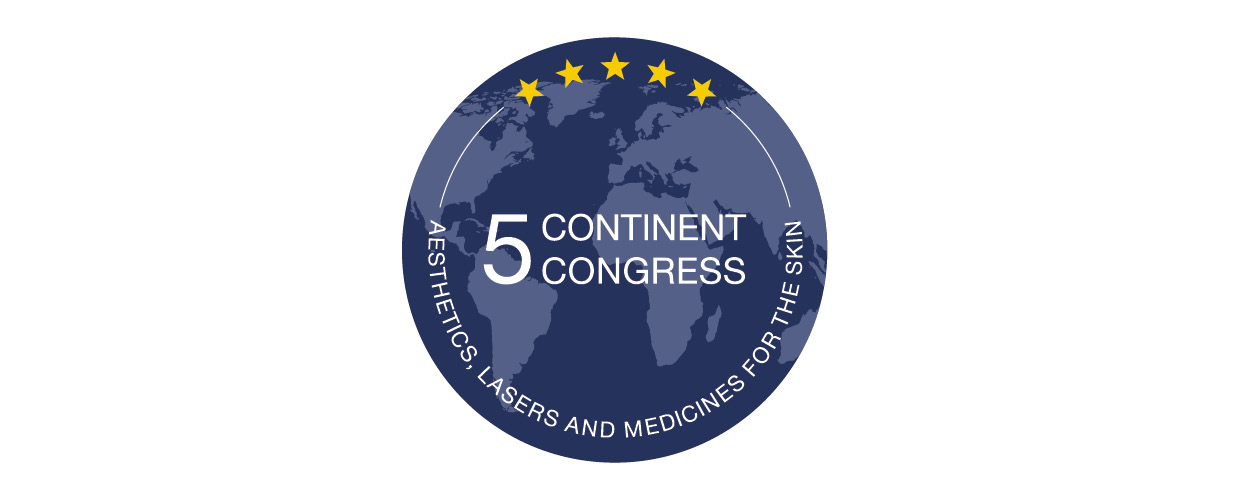VOLTAR
IMCAS World Congress 2022
IMCAS World Congress 2022
Programa
Adaptar ao meu fuso-horário a agenda da aula/congresso transmitida ao vivo
Fuso-horário de referência: (UTC+02:00) Europe, Paris
Apresentações desta sessão
| Horas | Palestrantes | Título da apresentação | Resumo | Número |
| 10:30 | Introduction | 111340 | ||
| 10:32 | Non-invasive body contouring with HIFEM and RF: a biopsy analysis | Visualizar | 111341 | |
| 10:44 | High intensity focus US for body | 111344 | ||
| 10:56 | Fat reduction therapy with EBDs | Visualizar | 116041 | |
| 11:08 | Combined microwaves and magnetic stimulation as the best clinical option for body shape | Visualizar | 111346 | |
| 11:08 | Combined microwaves and magnetic stimulation as the best clinical option for body shape | 116943 | ||
| 11:20 | Combination therapies for the treatment of cellulite including collagenase clostridium histolyticum-aaes, the newest non-invasive treatment option | 111343 | ||
| 11:32 | Importance of combining multiple non invasive technologies for body sculpting | Visualizar | 111347 | |
| 11:44 | 3D body HAlift: efficacy of a novel non-invasive body tightening procedure using EBD and a new HA injectable (unrestricted educational grant from Biotec Italia) | 111342 | ||
| 11:56 | Minimally invasive vs. non-invasive techniques for body contouring: how does each measure up? | Visualizar | 113765 | |
| 12:08 | Round table discussion and Q&A | 111350 | ||



















